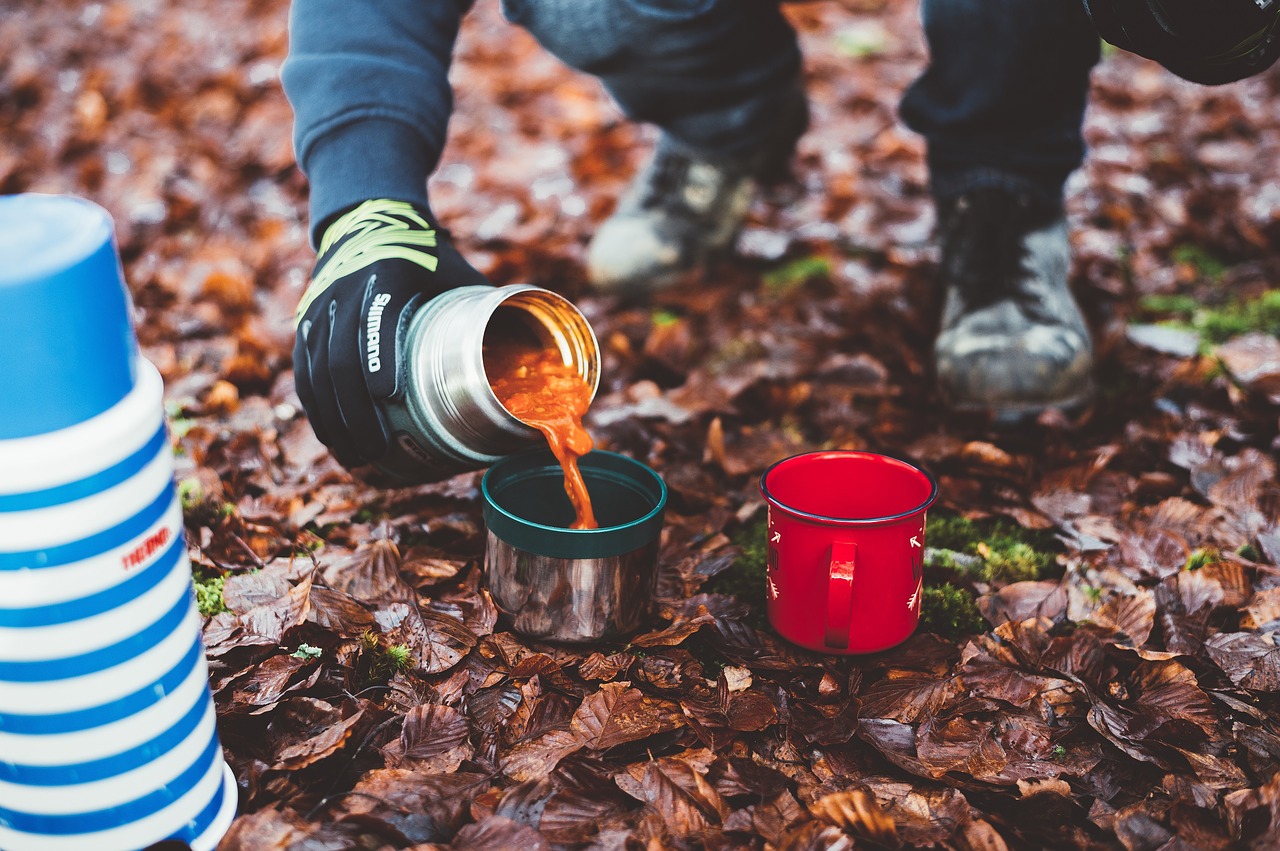 Imagine sliding a heavy object across a room. You feel slightly more tired because you have done work against friction and the object gains speed. But what about when you finish? Where has the energy gone?
Imagine sliding a heavy object across a room. You feel slightly more tired because you have done work against friction and the object gains speed. But what about when you finish? Where has the energy gone?
To understand what happens, we need to look inside the object. Having studied mechanics, which is basically the physics of a small ball, you will be ready to apply what you know the the small particles that make up matter, atoms and molecules.
Key Concepts
Kinetic theory
Atoms and molecules
Atoms and molecules are types of particle and are the smallest parts of matter.
- Elements from the Periodic Table (e.g. aluminium, argon) are made of atoms
- A molecule is two or more atoms chemically bonded together. Some of these are elements (e.g. oxygen) but some are compounds (e.g. water, methane).

Microscopic terms
Heat and temperature are used interchangeably in everyday language. However, they have different definitions in physics.
 Heat is the total quantity of energy in a body (sort of like adding up the kinetic energy of every particle inside).
Heat is the total quantity of energy in a body (sort of like adding up the kinetic energy of every particle inside).
When two bodies are in thermal contact, heat will flow from the hot one to the cold one until they are the same temperature. The bodies are then said to be in thermal equilibrium.
Unit: Joule (J)
 Temperature is a measure of how hot or cold a body is. The temperature of a body is related to the average kinetic energy of the molecules.
Temperature is a measure of how hot or cold a body is. The temperature of a body is related to the average kinetic energy of the molecules.
If heat is the overall energy, temperature acts as a measure of 'energy density'.
Unit: °C or K (0°C = 273 K)
A lit match has a much higher temperature than ice, but an ice berg has more energy overall.
One analogy you could try at home is to add juice to water. You could pour a full glass of juice (lots of energy) into a bath of water and not notice much colour change in the water after stirring (low temperature). However, a glass that is half water and half juice (less energy) will appear orange (high temperature).
Macroscopic terms
How much of Thermal concepts have you understood?


 (
( In IB Physics we make the assumption that there is no force between the atoms of a gas. This means that they have no potential energy. Therefore, internal energy is the sum of the kinetic energies (but you must memorise the definition in green!).
In IB Physics we make the assumption that there is no force between the atoms of a gas. This means that they have no potential energy. Therefore, internal energy is the sum of the kinetic energies (but you must memorise the definition in green!). Is this a good assumption?
Is this a good assumption? Conduction is the transfer of heat by molecules vibrating and colliding to pass Ek from one to another. This is common in solids (particles close together) and is fast in metals (electrons free to move). A poor conductor of heat is called an insulator.
Conduction is the transfer of heat by molecules vibrating and colliding to pass Ek from one to another. This is common in solids (particles close together) and is fast in metals (electrons free to move). A poor conductor of heat is called an insulator. Radiation is the transfer of heat by all hot objects by electromagnetic waves (infra red). Radiation can travel through any substance or vacuum. Black objects both radiate and absorb better than light coloured objects.
Radiation is the transfer of heat by all hot objects by electromagnetic waves (infra red). Radiation can travel through any substance or vacuum. Black objects both radiate and absorb better than light coloured objects.
 For referece, the specific heat capacity of water is approximately 4200 Jkg-1K-1.
For referece, the specific heat capacity of water is approximately 4200 Jkg-1K-1. When a material changes state due to a change in heat, we call this "latent heat".
When a material changes state due to a change in heat, we call this "latent heat". Twitter
Twitter  Facebook
Facebook  LinkedIn
LinkedIn